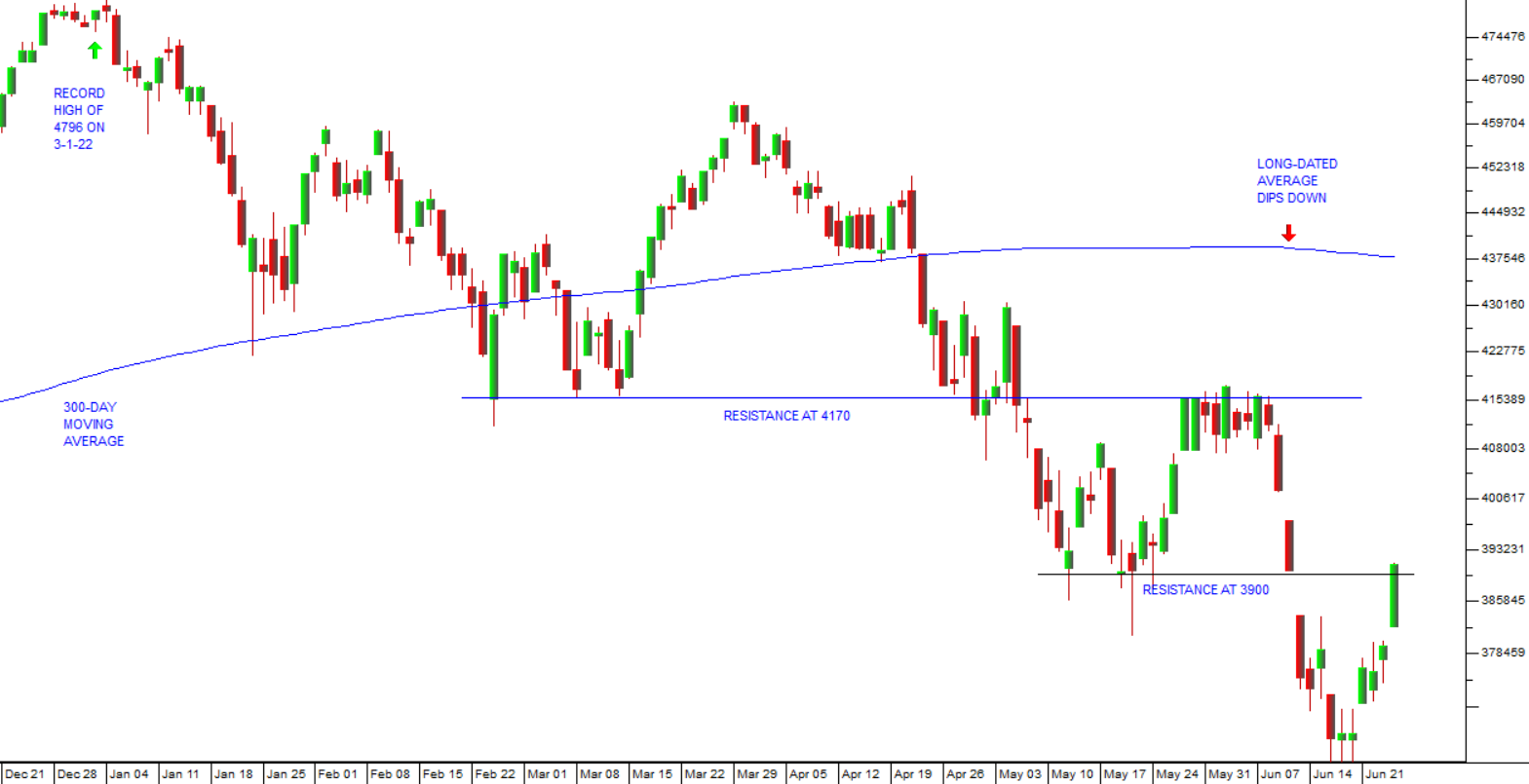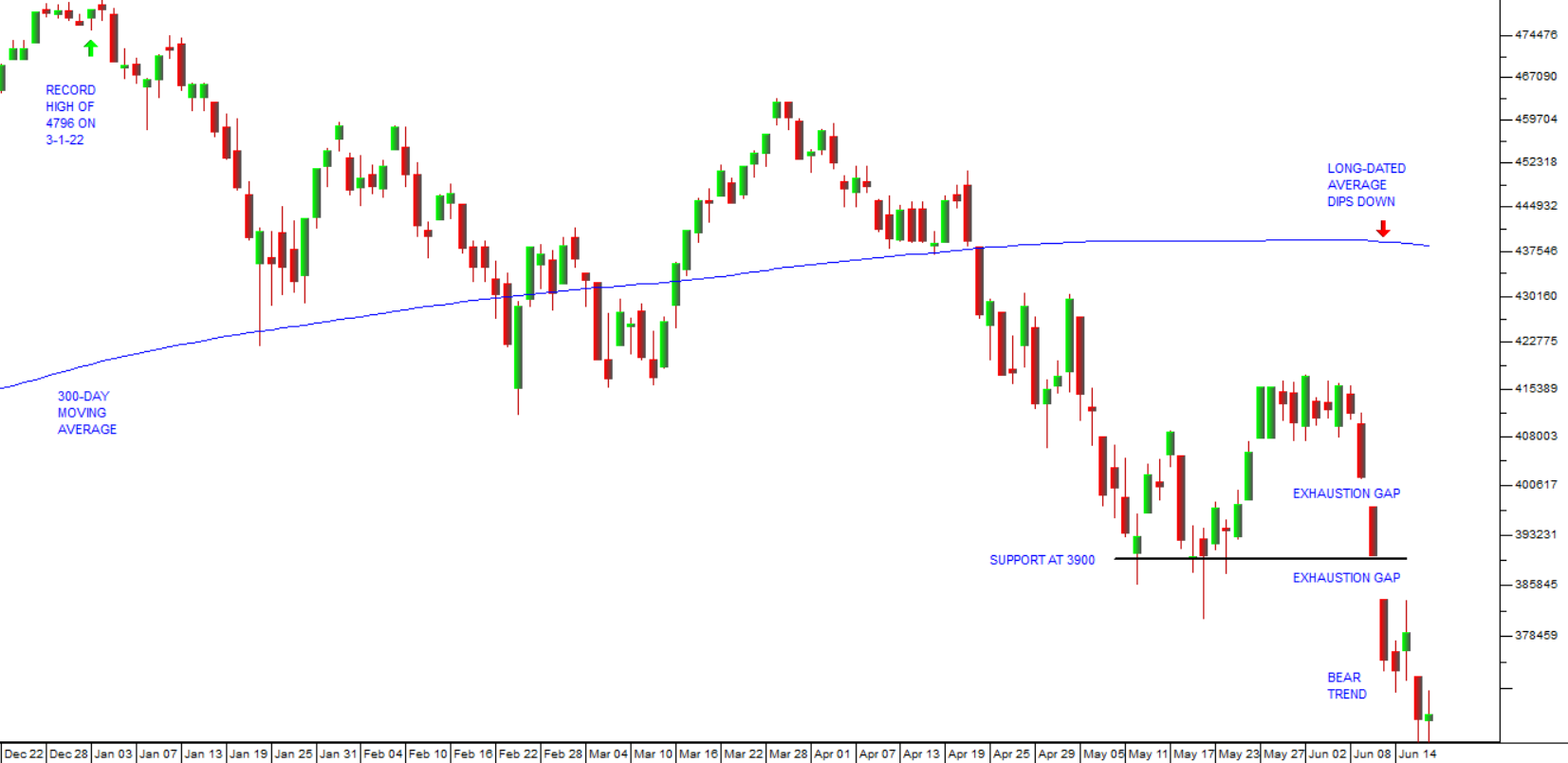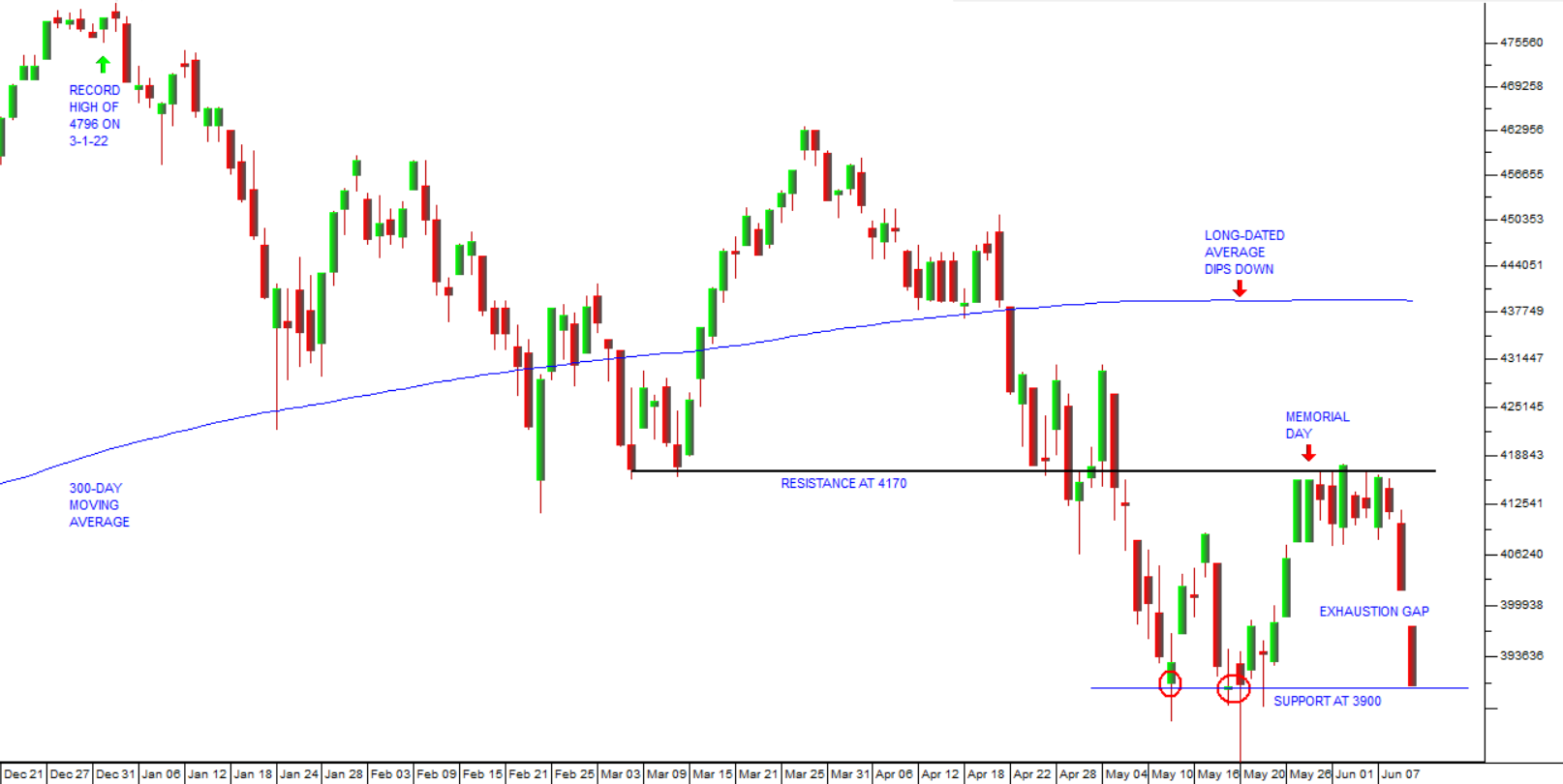Basic Fundamentals
6 June 2022 By PDSNETPublic, listed companies are required to report back to their shareholders on a regular basis. They must produce audited financial statements after the first six months of their financial year (interims) and then again at the end of the financial year (finals). Listed companies must produce these statements within 3 months of the end of their financial periods – or they face the prospect of having the trade in their shares suspended on the JSE.
The financial statements include an income statement and a balance sheet (also called a “statement of financial position”). The income statement shows the company’s performance during the financial period while the balance sheet shows the position of the company at the end of the period. These and other elements of the financial statements, such as the statement of changes in equity, the cash flow statement and the directors’ report are designed to give investors an independently verified account of the company’s performance and position which has to be prepared in accordance with the Companies Act and Generally Accepted Accounting Practice (GAAP).
From a private investor’s perspective, it can seem tedious to wade through company financial statements, but it is a vital activity. It will give you a good understanding of exactly how the company makes its money and what the key parameters of its success are. It will also show you how conservative or otherwise the management of the company is in terms of its policy on debt.
Listed companies always strive to grow their businesses and to improve the return for their shareholders. Usually, growth, whether it is achieved organically or by way of acquisition, costs money which can be obtained from one or more of three sources:
- The issue of shares
- The company’s retained profits from previous years, or
- From a third party like a loan from the bank.
Issuing new shares, either for cash or to make an acquisition, will dilute the existing shareholders, but it has the great advantage that it does not have to be repaid and it does not increase the company’s interest bill.
The problem with borrowing money to expand the business is that the money must be paid back with interest. A company’s balance sheet tells you how much it has borrowed, and its income statement tells you how much interest it is paying on those borrowings.
Using the profits from previous years to grow the business is preferable because it does not impact on the company’s debt level, and it does not expand the number of shares that the company has in issue.
Their financials are one of the disclosures that listed companies are required to make on the Stock Exchange News Service (SENS) by way of a link to the JSE computer. Consider an example:
Rhodes Food Group (RFG) is a food company engaged in producing and wholesaling fresh, frozen and long-life foods in Southern Africa and supplying global markets. The company’s brands include Maggie, Bull Brand and Hinds.
Its latest financials for the six months to 3rd April 2022 are available here
The company reported revenue (total group sales) up by 20,9% and headline earnings per share (HEPS) up by 32,5%. During the six months the company increased its growth by buying a company called Today Pie for R53,7m. This was a relatively small “bolt-on” acquisition which will enhance RFG’s existing pie business. Obviously, small acquisitions like this, which can be paid for from the company’s retained income and cash facilities, are far less risky than large acquisitions. Large acquisitions, like the Woolworths $2,1bn acquisition of the Australian company David Jones in 2014, can be disastrous.
The RFG balance sheet for 3rd April 2022 showed that, at that point, it had assets worth R5,78bn which were financed roughly 49% by the company’s shareholders and 51% by outsiders. Its income statement shows that it paid R36,34m in net interest – which was 15% of its profit before interest and taxation. This means that the company was not over-geared, and it had more than enough profit to cover its interest bill. It also shows that the R53,7m paid for Today Pies was comfortably affordable.
There is a danger in allowing debt levels to get too high – especially in a period of rising interest rates such as exists at the moment. The danger is that rising interest rates increase the amount of interest to be paid at the same time as they may be reducing consumer spending. If the cost of interest is too high, then the company can find itself squeezed between rising interest rates and falling sales.
Looking at the balance sheet you will also notice that this company had almost R2bn in stock (inventory) and about R1bn in debtors at the end of the period. Both of these are current assets which are expected to be turned back into cash within normal commercial periods of 30, 60 or at worst 90 days. Against this the company has accounts payable and accruals (creditors) of about R1,1bn. Making use of the credit facilities offered by a company’s suppliers helps the company to finance its debtors and stock. Stock plus debtors minus creditors gives you the company’s “working capital.” This is the capital which is tied up in the day-to-day working of the company. Obviously, management is motivated to keep working capital to a minimum since it must be financed by the company’s overdraft and hence increases the interest bill.
So, RFG is a typical manufacturing concern with all the problems of a manufacturer. It has diversified its offering into a number of food groups and the food industry generally tends to be resistant to recessionary conditions because people have to eat even in a recession. What happens during a recession is that consumers tend to buy cheaper food stuffs and avoid the luxury items which usually have the best profit margins.
The company (RFG) trades on a price:earnings multiple of 11,29 which is about the same as the multiple of the JSE Overall index (11,45). The multiple reflects the fact that it is a well-managed and growing company, but that it is in an industry which is much more difficult to manage than, for example, a company in the services industry. It has almost no “annuity income” which effectively means that it in each financial period it must first generate sufficient gross profit to pay its fixed expenses before it can make a net profit – in other words, it starts each month from zero. It also has R1,84bn tied up in fixed assets. Most service companies have very little in the way of fixed assets and usually have substantial annuity income. For many of them their fixed costs are already covered before the month even starts.
Assessing a company’s merits from a fundamental point of view is an important activity for private investors. You need to understand what you are buying. Companies in industries which are difficult to manage (like RFG) tend to trade at lower multiples, but that does not make them bad investments – it simply means that they have to be better managed.
DISCLAIMER
All information and data contained within the PDSnet Articles is for informational purposes only. PDSnet makes no representations as to the accuracy, completeness, suitability, or validity, of any information, and shall not be liable for any errors, omissions, or any losses, injuries, or damages arising from its display or use. Information in the PDSnet Articles are based on the author’s opinion and experience and should not be considered professional financial investment advice. The ideas and strategies should never be used without first assessing your own personal and financial situation, or without consulting a financial professional. Thoughts and opinions will also change from time to time as more information is accumulated. PDSnet reserves the right to delete any comment or opinion for any reason.
Share this article:




